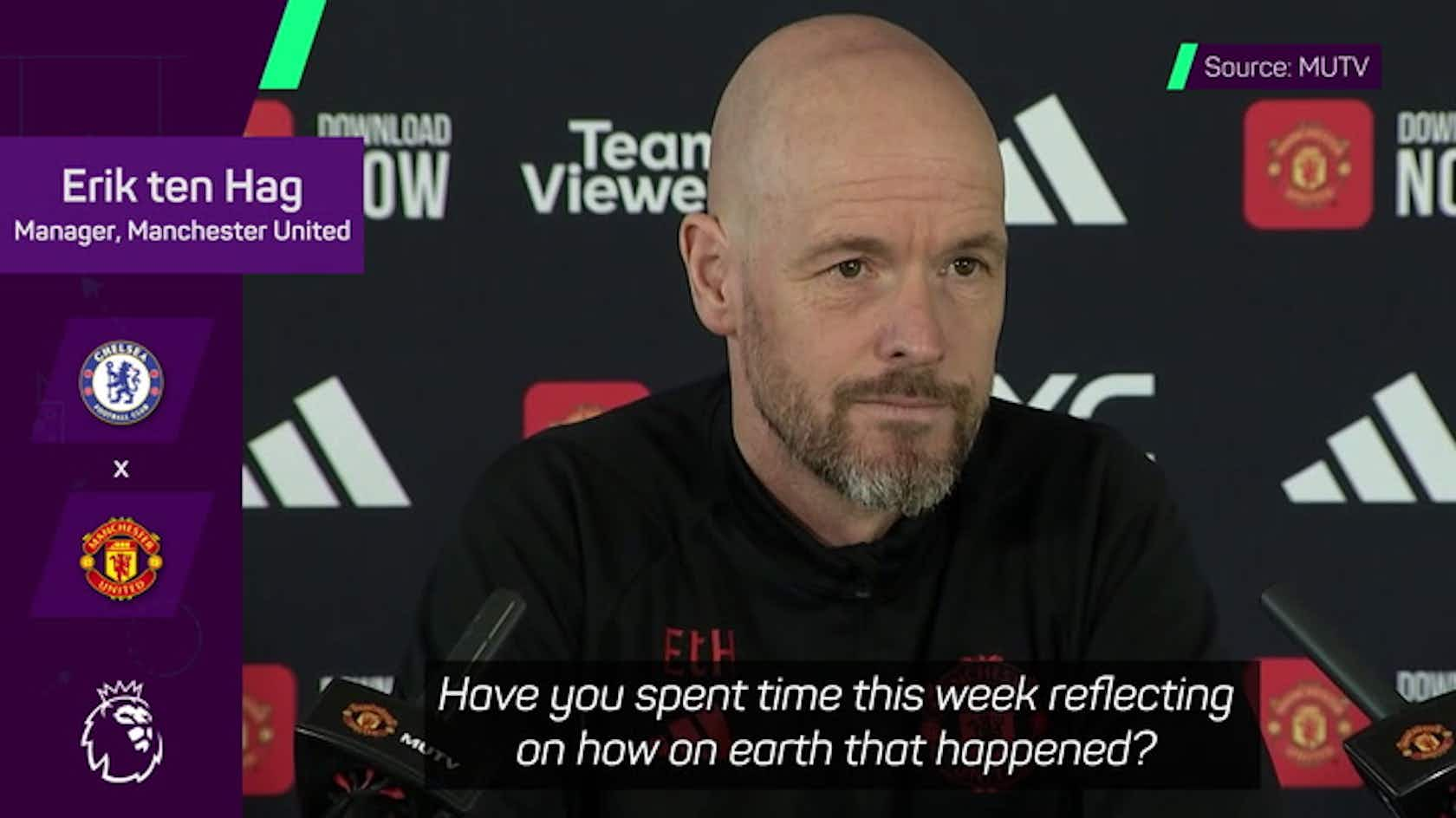Briefs In Marketing: Maximizing ROI Through Clear Communication

Table of Contents
The Essential Elements of a High-Impact Marketing Brief
A high-impact marketing brief is more than just a document; it’s a roadmap for your marketing campaign. It outlines the essential elements to ensure that every effort is aligned with your overall marketing objectives.
Defining Objectives and KPIs
Setting SMART (Specific, Measurable, Achievable, Relevant, Time-bound) goals is paramount. Vague objectives lead to wasted resources and missed opportunities. Instead of aiming for “increased brand awareness,” define a SMART goal like “increase website traffic by 20% in the next quarter through targeted social media advertising.” Key Performance Indicators (KPIs) provide quantifiable metrics to measure success. Relevant KPIs may include:
- Website traffic
- Lead generation
- Conversion rates
- Brand awareness (measured through surveys or social media engagement)
- Customer acquisition cost (CAC)
- Return on ad spend (ROAS)
Clear objectives guide the creative process and ensure everyone works towards a common goal. This alignment prevents costly rework and ensures the marketing communication aligns perfectly with the business objectives.
- Define target audience demographics: Age, gender, location, income, education, etc.
- Specify desired outcomes: What specific results do you want to achieve?
- Outline key performance indicators: How will you measure success?
Target Audience Deep Dive
Understanding your target audience goes beyond simple demographics. A detailed understanding of their psychographics, motivations, pain points, and media consumption habits is crucial. Creating comprehensive buyer personas is vital for shaping effective messaging and strategies.
For example, instead of simply stating "target audience: young adults," develop a persona named "Sarah," a 25-year-old marketing professional who's active on Instagram and values sustainability. Understanding Sarah's needs and motivations allows you to tailor your message and choose the most effective channels to reach her.
- Psychographics and motivations: What are their values, interests, and lifestyle?
- Pain points and needs: What problems are they facing that your product or service can solve?
- Media consumption habits: Where do they spend their time online and offline?
Messaging and Tone of Voice
Consistent messaging is crucial for building a strong brand identity and ensuring effective communication. Your marketing brief should clearly define your brand voice. Are you formal, informal, humorous, authoritative, or something else entirely? This ensures consistency across all marketing materials, creating a unified and recognizable brand experience.
- Key messages and taglines: What are the core messages you want to communicate?
- Brand personality and values: What feeling or personality does your brand project? What principles guide your actions?
- Tone of voice guidelines: Set the tone for all marketing communications (e.g., playful, professional, sophisticated).
Streamlining the Briefing Process for Efficiency
Creating and utilizing marketing briefs effectively involves more than just filling out a form. It necessitates a collaborative process that ensures alignment and efficiency.
Collaborative Brief Creation
Involve key stakeholders early in the process to leverage their expertise and ensure buy-in. Collaborative brainstorming sessions can generate creative ideas and address potential challenges proactively. Utilize project management tools to facilitate feedback and ensure everyone stays informed.
- Identify key stakeholders: Marketing, sales, design, product development, etc.
- Use collaborative platforms for feedback: Google Docs, Slack, Microsoft Teams, etc.
- Establish clear communication channels: Define how and when communication will occur.
Template Utilization for Consistency
Employing a standardized marketing brief template ensures consistency and reduces ambiguity. This template should include sections for all the crucial elements discussed above. Consistency minimizes confusion and streamlines the process, leading to faster turnaround times and more effective campaigns.
- Pre-filled sections for common information: Company details, contact information, etc.
- Clear instructions and guidelines: Ensure everyone understands the requirements.
- Easy-to-use format: Choose a format that is accessible and user-friendly.
Regular Review and Iteration
Marketing briefs are not static documents. Regular review and updates are crucial to maintain relevance and align with evolving market conditions and business goals.
- Schedule regular brief reviews: Quarterly or semi-annually, depending on your needs.
- Solicit feedback from team members: Gather insights to identify areas for improvement.
- Update the brief as needed: Ensure the brief remains an accurate reflection of your current strategy.
Measuring the Impact of Effective Marketing Briefs
The effectiveness of your marketing briefs is directly tied to your ability to measure their impact. This involves tracking KPIs and analyzing the results to inform future strategies.
Tracking KPIs and ROI
Use analytics tools to monitor the performance of your marketing campaigns against the KPIs defined in the brief. This data provides insights into the effectiveness of your strategy and allows for precise calculation of the ROI.
- Google Analytics: Track website traffic, conversions, and other key metrics.
- Marketing automation platforms: Measure email engagement, lead nurturing success, etc.
- Custom dashboards: Create personalized dashboards to visualize key metrics.
Analyzing Results and Making Adjustments
Analyze campaign data to understand what worked and what didn't. This feedback loop is essential for continuous improvement. Use these insights to refine your messaging, targeting, and overall strategy in future marketing briefs.
- Identify areas for improvement: What aspects of the campaign fell short of expectations?
- Refine messaging and targeting: Adjust your approach based on data-driven insights.
- Optimize campaigns for better ROI: Implement changes to maximize efficiency and effectiveness.
Conclusion
Well-crafted marketing briefs are indispensable for maximizing ROI through clear communication, efficient collaboration, and effective KPI tracking. A structured approach to creating and using marketing briefs, incorporating the elements discussed above, ensures your marketing efforts are focused, efficient, and ultimately, successful. Start creating more effective marketing briefs today and watch your ROI soar! [Link to a marketing brief template]

Featured Posts
-
 Alashtbah Fy Ilyas Rwdryjyz Akhr Alttwrat Fy Qdyt Mqtl Mwzfy Alsfart Alisrayylyt
May 23, 2025
Alashtbah Fy Ilyas Rwdryjyz Akhr Alttwrat Fy Qdyt Mqtl Mwzfy Alsfart Alisrayylyt
May 23, 2025 -
 Helicopter And Hoof Swiss Livestock Evacuation Amidst Landslide Danger
May 23, 2025
Helicopter And Hoof Swiss Livestock Evacuation Amidst Landslide Danger
May 23, 2025 -
 Tagliafico Blames Man United Players For Ten Hags Struggles
May 23, 2025
Tagliafico Blames Man United Players For Ten Hags Struggles
May 23, 2025 -
 Flintoffs Honest Reflection A Car Crash And A Battle For Survival
May 23, 2025
Flintoffs Honest Reflection A Car Crash And A Battle For Survival
May 23, 2025 -
 Cobra Kai Maintaining Continuity And Expanding The Karate Kid Story
May 23, 2025
Cobra Kai Maintaining Continuity And Expanding The Karate Kid Story
May 23, 2025
Latest Posts
-
 Revealed Antonys Close Call With Manchester Uniteds Biggest Rival
May 23, 2025
Revealed Antonys Close Call With Manchester Uniteds Biggest Rival
May 23, 2025 -
 Antonys Rejected Offer A Man Utd Rivals Pursuit
May 23, 2025
Antonys Rejected Offer A Man Utd Rivals Pursuit
May 23, 2025 -
 Has Noussair Mazraoui Proven To Be Manchester Uniteds Top Signing
May 23, 2025
Has Noussair Mazraoui Proven To Be Manchester Uniteds Top Signing
May 23, 2025 -
 Jaap Stam Ten Hags Man United Spending A Setback
May 23, 2025
Jaap Stam Ten Hags Man United Spending A Setback
May 23, 2025 -
 The Untold Story Antony And Manchester Uniteds Arch Rivals
May 23, 2025
The Untold Story Antony And Manchester Uniteds Arch Rivals
May 23, 2025
